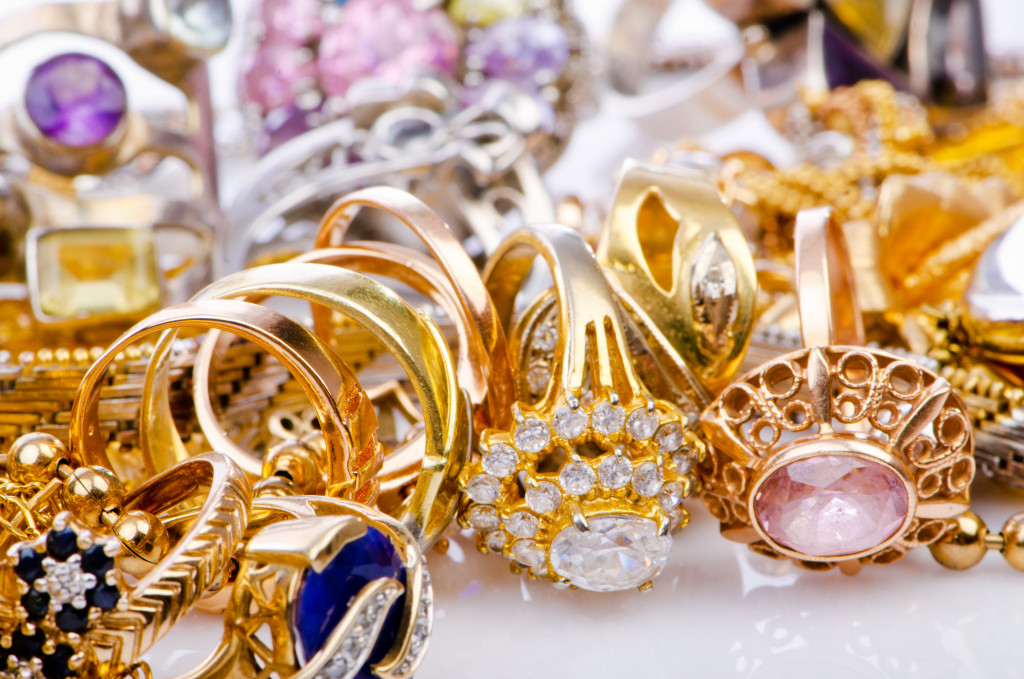Jewelry is a very popular item for people to make and sell. It can be made from many different materials like metal, glass, or even paper. But with the rise of modern technology, the process of jewelry making has changed a lot and has become more efficient and high-tech. Many jewelers are creating modern pieces using technology to better appeal to buyers. Here are some ways technology revolutionized jewelry making.
1. CAD/CAM
Computer-aided design (CAD) and computer-aided manufacturing (CAM) have had a huge impact on jewelry making. This technology allows for the creation of extremely precise designs that can be manufactured easily. Jewelers can now design anything from bridal engagement rings to detailed pendants on the computer and then create molds for casting. This has led to the creation of some very unique and intricate pieces of jewelry.
2. Laser Cutting
Laser cutting is another technology that has had a big impact on the jewelry industry. This process uses a laser to cut through materials like metal, plastic, or paper. It can be used to create very precise shapes and patterns, which is perfect for jewelry making. It can be used to create delicate designs that would be difficult or impossible to create by hand.
3. 3D Printing
3D printing is a newer technology that is quickly becoming popular for jewelry making. This process uses a printer to create three-dimensional objects from a digital model. This allows jewelers to create custom and complex designs that can be printed in a variety of materials. This technology has the potential to revolutionize the way jewelry is made and bought.
4. Electroforming
Electroforming is a process that uses electric current to create metal objects. This process can be used to create very detailed and intricate designs. It is often used to create jewelry in unique shapes and sizes that would not be possible with traditional methods.
5. Robotics
Robotics has also become increasingly popular for use in jewelry making. This technology allows for the automation of many tasks, which can speed up the production process. It can also be used to create more consistent results and to reduce human error. This has led to the creation of some very high-quality jewelry pieces.
6. Communication and selling

The internet has also completely changed the way jewelry is sold and communicated. Websites like Etsy have made it easy for jewelers to sell their work to a global audience. Social media platforms like Instagram and Pinterest have also become popular for sharing jewelry designs. This has led to a surge in the popularity of handmade jewelry and allows for more creativity and innovation in the industry.
7. Sustainability
Finally, one of the most important impacts of technology on jewelry making is its impact on sustainability. With the rise of new technologies, there are now many ways to create jewelry that is more environmentally friendly. For example, laser cutting and 3D printing can be used to create designs without the use of any harmful materials. Electroforming can be used to create jewelry from recycled materials. And robotics can be used to automate tasks and reduce waste. All of these technologies are helping to make the jewelry industry more sustainable and environmentally friendly.
But the infiltration of technology in the jewelry industry also opened some unprecedented consequences. Some of which include:
- The decreasing demand for skilled artisans in the industry as a result of technology making their job irrelevant and easily replicable
- The increase of counterfeit jewelry flooding the market as a result of sophisticated technology being used to create them
- The loss of traditional jewelry-making techniques and designs as a result of fewer people being interested in learning and practicing them
- The increasing cost of jewelry as a result of technology-driven production processes
Despite these consequences, the impact of technology on the jewelry industry has overall been positive, resulting in more intricate, unique, and high-quality pieces being created than ever before.
Jewelry is one of the oldest industries in the world. The introduction and integration of technology have had a major impact on how jewelry is made, sold, communicated about, and appreciated. For jewelers who are looking to sell their work online or create more intricate designs than ever before, these changes can be beneficial. However, new challenges also arise as well including counterfeit pieces flooding the market and an increase in production costs that may make it difficult for artisans to survive financially if they do not adapt quickly enough. But overall this article shows that while there are many benefits to using technology with jewelry-making processes; there are some drawbacks too, which will need careful consideration when deciding what technologies should be used to minimize negative impacts on society.


